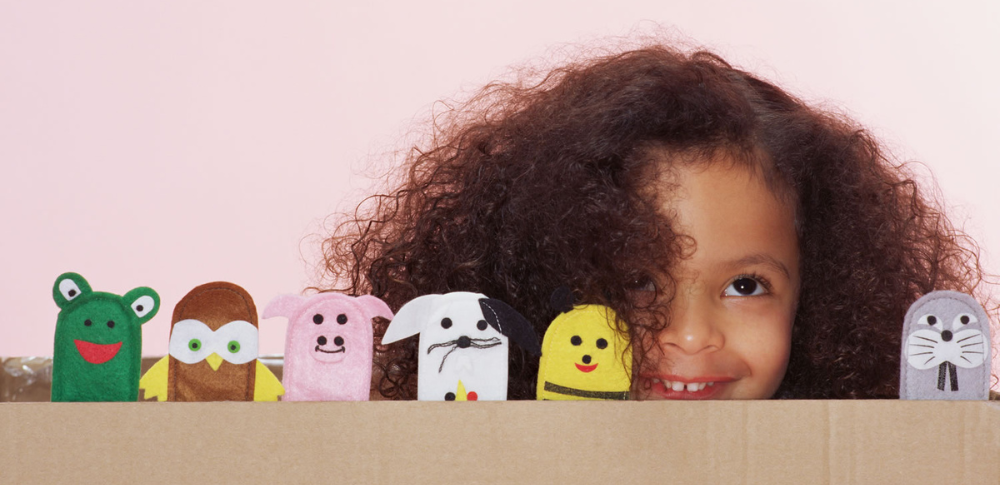In the imaginative world of early childhood education, few tools are as versatile, engaging, and developmentally supportive as puppets. These timeless characters—whether crafted from felt, wood, or fabric—do far more than entertain. Puppets play a critical role in encouraging communication, social development, emotional expression, and creative thinking in young learners.
Encouraging Communication and Language Development
Puppets create a safe and playful environment where children feel comfortable experimenting with language. Through storytelling, role-play, and dialogue, children naturally expand their vocabulary, learn sentence structure, and practise active listening. Educators can model speech, ask open-ended questions, or encourage shy children to “speak through the puppet”—a strategy proven to reduce anxiety and boost verbal participation. Whether it’s a cheeky crocodile or a gentle grandma puppet, the character provides a reason to talk, helping children discover their voices and learn the power of expression.
Supporting Social and Emotional Learning
Early childhood is a time of enormous social and emotional growth. Puppets offer a non-threatening way to explore complex emotions and social situations. A puppet can ask questions like, “What should I do if I feel left out?” or “How can I be a good friend?”—prompting children to think empathetically and consider different perspectives. Puppets are also powerful in conflict resolution. When used to act out challenging situations, they help children practise negotiation, recognise emotions, and identify appropriate responses. The distance provided by the puppet allows children to explore feelings indirectly, which can be especially helpful for those still developing emotional literacy.
Enhancing Creativity and Imagination
The open-ended nature of puppet play makes it an ideal tool for sparking imagination. Children can create entire worlds, characters, and scenarios with a handful of puppets and a few props. This type of imaginative play supports narrative thinking, problem-solving, and the ability to consider multiple outcomes—skills that form the foundation for later academic success. When puppets are introduced in free play or structured storytelling, children take the lead, inventing their own plots and directing their puppet’s actions. It’s not just entertainment—it’s rehearsal for real life.
Building Confidence and Independence
For children who are hesitant to speak up in front of peers or adults, puppets offer a safe outlet. Speaking through a puppet gives them a sense of control and protection. This can be transformative, turning hesitant learners into confident communicators. As children become more comfortable performing with puppets or even creating their own, they begin to develop a stronger sense of self. They learn that their ideas matter and that they have a voice worth hearing.
Accessible Tools for Every Educator
One of the best things about puppets is their simplicity. They don’t require screens, batteries, or complicated instructions. A well-stocked classroom or playroom with a variety of puppets can support countless hours of meaningful learning. For educators and parents looking to expand their collection, a trusted puppet store like Geppetto’s Workshop offers a wide range of handcrafted, high-quality puppets designed to delight and inspire.
Puppets are more than playthings—they are storytellers, problem-solvers, emotional guides, and linguistic models
By weaving puppetry into early childhood education, educators provide children with a joyful, dynamic way to explore themselves and the world around them. In the hands of a child, a puppet is a voice, a friend, and a tool for lifelong learning.








Leave a Reply